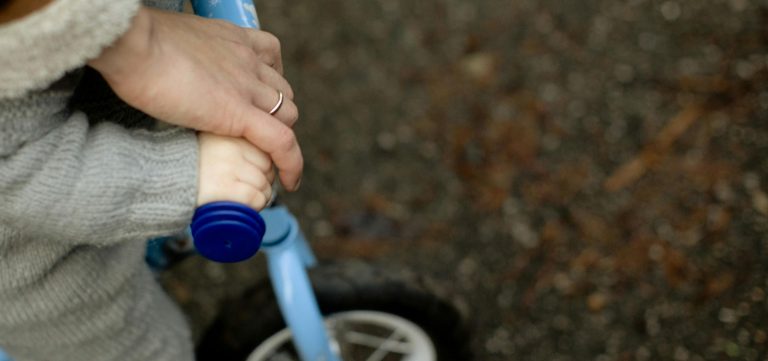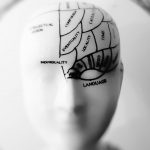“Childproofing parenthood: the benefits of first aid training” is a collaborative post.
Becoming a parent is a fulfilling journey that brings both joy and responsibilities. One crucial aspect of being a parent is ensuring the safety and well-being of your child. Accidents can occur unexpectedly. It is essential to be prepared to handle situations effectively. This is where first aid training becomes invaluable. In this post, we will delve into the benefits that parents can reap from undergoing first aid training.
1. Confidence in emergency circumstances
No parent wants to feel overwhelmed when faced with an emergency involving their child. First aid training by companies like TinyHearts empowers parents with skills and knowledge, enabling them to remain composed and respond promptly in situations. By understanding what needs to be done and how it should be done, parents gain confidence in managing childhood injuries and illnesses, thus equipping them better to handle emergencies until professional assistance arrives.
2. Prevention and preparedness
First aid training not only focuses on responding to emergencies but also emphasises the importance of prevention. Parents who undergo first aid training learn how to identify hazards within their homes or surroundings that may jeopardise their children’s safety.
By being aware of these risks, parents can take measures to make their homes safer for children, reducing the chances of accidents occurring.
3. Immediate help
In an emergency, every moment counts. Having knowledge of first aid enables parents to provide immediate assistance before medical professionals arrive. Whether it’s performing CPR if a child stops breathing or using first aid techniques for burns or falls, taking action can make a difference in saving lives or preventing long-term complications.
4. Effective communication with healthcare providers
During certain situations, effective communication becomes crucial when seeking help for your child’s condition or injuries. With training in first aid, parents can clearly describe symptoms and accurately convey relevant information to healthcare providers while waiting for further treatment.
5. Versatile skills
First aid training equips parents with skills that go beyond handling emergencies involving their children. These skills can be applied in scenarios such as administering first aid during playdates or addressing potential accidents during school field trips. The versatility of these skills gives parents resources not only to ensure their child’s safety but also to help others around them.
6. Building a supportive community
Participating in first aid courses offers parents the opportunity to connect with individuals who share a common concern for their children’s safety. These courses often create a network where parents can share experiences, exchange advice and form lasting friendships rooted in the shared goal of safeguarding their children’s well-being.
7. Empowering children
First aid training not only benefits parents but also empowers children themselves. Teaching kids first aid skills from an early age helps foster a sense of responsibility, self-reliance and the ability to take action in emergencies. By educating children about injuries and teaching them how to bandage wounds or seek help, parents can instil confidence and empower their children. This not only prepares them for emergencies but also equips them with lifelong skills that can be applied in various situations as they grow older.
8. Emotional preparedness
First aid training not only equips parents with practical skills but also prepares them emotionally to handle stressful situations involving their children. Understanding how to stay calm, composed, and focused during emergencies is a crucial aspect of effective first aid. This emotional resilience ensures that parents can provide the necessary care with a clear mind, creating a stable and supportive environment for their child in distress.
9. Home safety assessment
Beyond identifying immediate hazards, first aid training encourages parents to conduct thorough home safety assessments. Learning to recognise potential dangers and taking proactive measures to eliminate or mitigate risks contributes to creating a secure environment for children. From securing furniture to childproofing electrical outlets, parents gain insights into making their homes safer, minimising the likelihood of accidents and injuries. This holistic approach enhances overall child safety at home.
Final thoughts on the benefits of first aid training
Childproofing parenthood encompasses more than just securing the house or installing safety gates and locks. First aid training plays a role by providing parents with the knowledge and skills to respond effectively during emergency situations involving their children.
The advantages go beyond getting help; it builds confidence, promotes prevention, allows for effective communication with healthcare professionals, teaches adaptable skills for different situations, forms a supportive community of like-minded parents and even empowers children themselves. So, take the initiative to ensure your child’s safety by enrolling in first aid training. It’s a step towards providing thorough care and guaranteeing your child’s well-being.






